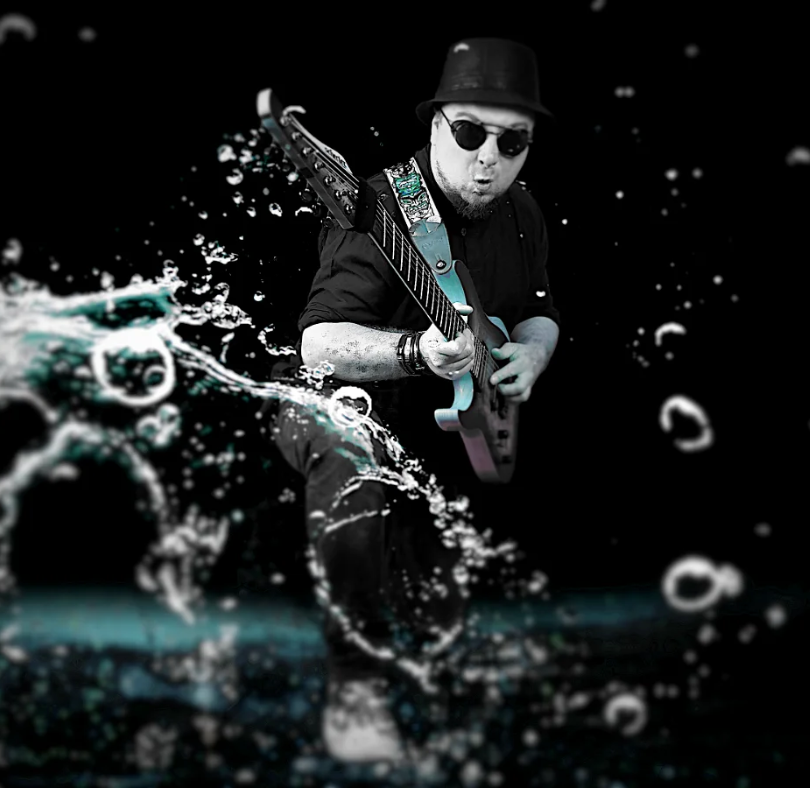
Mastering Transients for Powerful Sound

Albert S
Composer | Producer | Pianist | Guitarist
Transient. That’s a weird word isn’t it? By definition ‘transient’ means an event that happens for a very very short amount of time.
The best way we can illustrate this with music is a drum hit. It has a very immediate initial crack, followed by a body and tail afterwards.

So, how can we utilize this characteristic?
Say your drummer is now playing with a bass, piano, and guitar. Look at the size of the drum hit compared to those other instruments here:

This drum hit needs to be a certain amplitude in order for that transient to poke out above the mix – i.e you can hear it.
Now consider what we were saying in the previous blog about headroom. That drum hit has quite a big tail after it, quite a big body of sound.
Let’s not forget, sound is a physical thing, and we have to make it all fit through a couple of speakers. With it this high up in the mix, there is a chance that the actual body sound of the drum will interfere with other components of the mix and muddy it up.
So how can we work around that?
Well, here’s a really nifty little trick and a very quick bit of physics…
I emphasize a very quick bit of physics before you stop reading. If we have two similar waves on top of each other, they will add up:

What we’ve done here is taken the first part of that drum hit (the transient) and layered it on top of itself. Because the wave is in phase (pointing the same direction up/down) these two elements add up to effectively make the transient twice as high, giving it twice the amplitude.
Now let’s put it back into the mix. Look at the size of the body of the drum now compared with before. The transient is still poking out the top of the mix, so we’re still hearing the drum hit, however the body has shrunk quite considerably in comparison.

The result is we’ve now got more mix space to play with while still being able to hear the drum clearly. You can do this with as many mics as you put on the kit. Do it with the snare, kick, do it with the toms and layered percussion. If you’ve got a really tight high hat part in a track then you can do it with that as well to emphasize the attacks.
This technique also translates onto other instruments. For example, if you had a pizzicato string section or horn stabs happening, you can do exactly the same. Although the attacks of these won’t be quite as abrupt as a drum hit, they will still serve to be a very transient device in a mix and save precious space in the overall mix.
About PIVODIO™ Coach Albert S.
Albert S. is a composer, producer, pianist, and guitar player based in St Albans, UK. He began playing the piano at the age of five and picked up the guitar when he was 11.
In addition to performing live, he is currently composing music for synchronization projects such as advert jingles and is preparing for his first film score in Autumn 2023. His client portfolio to date includes Once Upon a Time Agency, Altitude Film Studios, Monkey Shoulder Whisky, and BrambleTyne Games.
His skills encompass composition, writing, arranging, mixing and production, mastering preparation, improvisation on piano and guitar, advanced guitar techniques, and providing guitar tone ideas.